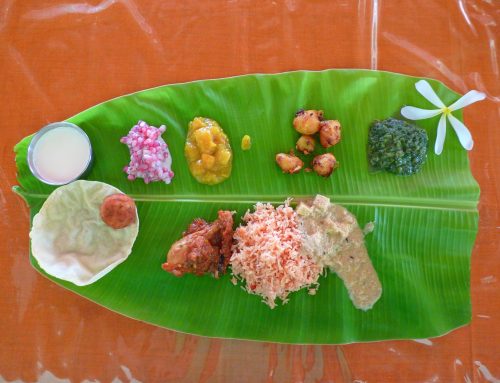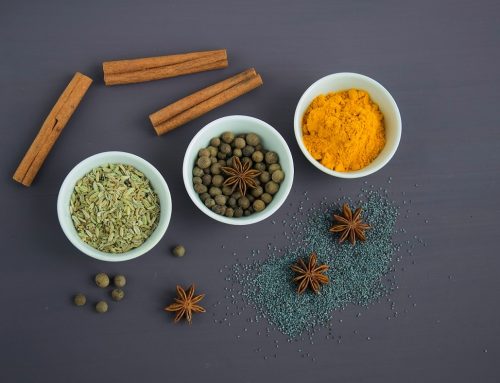It’s suddenly everywhere you look. Open a magazine. Flip through the newspaper. Visit a nutrition blog or two. And even when you walk through the dairy aisle of your nearest supermarket. You’ll find two new characters added to the humble bottle of milk that everyone is obsessing over. It’s the A2 milk craze, and it’s stirring up a storm. Bottles with A2 label are flying off the shelves despite the hefty price tags attached to them. People are convinced it’s healthier, better, shinier … no one really knows why, though.
There are solid marketing campaigns convincing mothers to pour A2 milk down their children’s throats. When it’s your kid’s health on the line, you need to know all the facts surrounding A2 milk. Is it for real? Or just another flash in the pan?
A1 vs A2 milk: What’s the difference
The key difference is the content of milk, two variants of beta-casein milk protein: A1 beta-casein and A2-beta casein [1]. The A1 cow, originated from America, Europe and Australia, contains the former, while the A2 cow, which was originally from Brazil, Africa and India, contains the latter.
What are the A2 milk benefits
Some research claims that A1 milk can be hard to dig
est and cause certain stomach-related health issues. And that A2 milk, with the absence of the A1 beta-casein protein, is easily digested. It’s supposed to be healthier as well, since it contains omega-3 fatty acids, among other nutrients.
However, this does not mean that if children are lactose intolerant, they can drink A2 milk. They still need to refrain from consuming dairy products.
There is a popular theory that drinking A1 milk can result in chronic diseases including diabetes. There are research claims that population which drinks A2 milk has a lesser prevalence of cardiovascular diseases/type-1 diabetes [2]. However, until now there is no established scientific research proving either claim [3]. A1 vs A2 debate is raging in public health domain, advanced, holistic and unbiased research (free from pressures of dairy industry) is required for clarity of the adverse effects if any, of A1/A2 milk on the human population.
Why is the A2 milk so costly
So why is this milk so expensive? Does the A2 beta casein enable my child to outrun his school bus? Maybe eat all his vegetables without whining? Or even let him skip his turn during flu season?
No, of course not.
A2 cows, like the Gir breed found in India, produce around 12 litres of milk a day, as compared to the A1 milk-producing Jersey cow which can give up to 20 litres a day. Even though India originally had A2 milk-producing cows, local, family-owned dairy farms began to diminish, and corporations rose in their place. They opted for cows producing A1 milk as it was more profitable than the indigenous breed.
But with the new research showing the benefits of A2 milk, the Google-educated, health-conscious consumers are rejecting A1 milk. But due to prolonged neglect and slow extinction of indigenous, A2 producing, species, [4], the supply is low. Which means the A2 milk price automatically goes up. It’s simple economics. The hype helps too.
If you are really worried about A2 milk, you can opt for buffalo milk which is A2 [5]. Of course talk to your paediatrician before making the switch.
Is it authentic A2 milk in your bottle
It does lead us to wonder if the A2 cows in India are authentic? The desi breeds were neglected for the longest time in favour of foreign cows. Some were even crossbred with A1 breed to produce more milk. The government has initiated an investigation to study the health hazard of crossbred cows.
Ironically, now, many Indian companies have resorted to importing the Gir cows from Brazil. Imagine, we’ve had to ask for our local cows back! So with A2 cows in such short supply, where’s all this much-in-demand milk going to come from? It’s not like they are suddenly birthing more calves (e.g. Gir cow still has a gestation period of 9.5 months and have 2-5 calves in lifetime) and producing excess milk overnight.
We’ve been hearing about milk adulteration for years. Watered down, added fat, whitening agents… the gory details regularly splash across the headlines repeatedly. Our worry is, can we be assured the same isn’t true with A2 milk?
Most of us don’t even know how our indigenous breed or its crossbred variant or even the A1 cow looks like. Unless you’ve personally gone to the farm, rolled up your sleeves and tested the DNA of the cow before you milked it, how can you be sure you’re not being misled?
Wherever or wherever there is money to be made, there is always an unscrupulous seller to be found. So as a buyer one should beware. Only buy if you trust the source, not because they advertise so.
Should I give A2 milk to my baby
To drink or not to drink? Well to save our fast diminishing indigenous breed of cows, it makes sense to consume A2 milk, right? Don’t we opt for local food over imported food anyways?
Are the benefits so staggering to justify the hoopla? Many paediatricians claim your kids don’t need to drink milk (a great source of calcium) once they start consuming regular food. Outside of dairy, you can get your calcium intake from green vegetables, nuts, tofu and even fish bones.
Spending on A2 is only worth if your child loves milk. And of course, if you are sure of the source of the milk. Otherwise, it’s just a quick way to lighten your wallet.






Leave A Comment